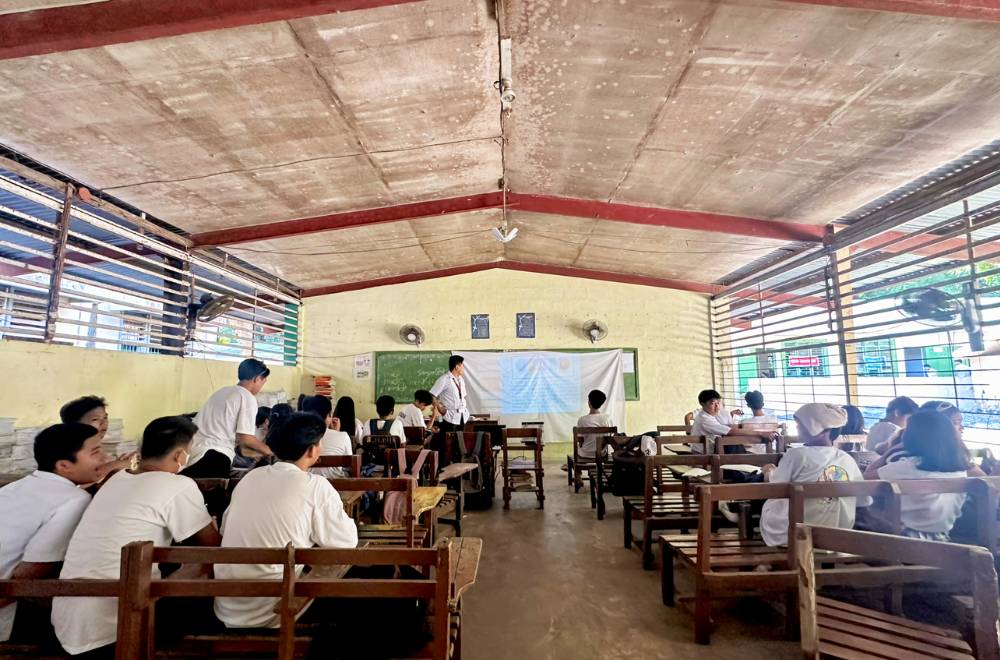Since the COVID-19 pandemic, significant unprecedented shifts occurred within the education system, one of which is the transition of school calendars which now end in May instead of March.
Since the pandemic is no longer a global emergency, it is high time to revert to the original school calendar since students continue to experience rising temperatures as most Philippine classrooms are not equipped for the dry season, and the lack of conduciveness of classrooms during the dry months tends to be intolerable.
Temperatures of over 40 degrees Celcius continue to dominate the dry months since late March of 2024 and the end doesn’t seem quite near yet. In this regard, local authorities across the country have released precautionary measures to cope and combat the rising heat index. The municipality of Guinobatan, Albay has suggested the implementation of asynchronous classes by 12 noon onwards to ensure the welfare of its students. Some universities have suspended the use of their prescribed uniforms to allow students to wear comfortable but decent clothes to ease from the dreadful heat.
Most Philippine classrooms do not have proper ventilation, which makes learning during the dry season a rising challenge for both teachers and students.
As a pre-service teacher in my teaching internship, I have witnessed classrooms with very few electric fans that can not cater to the large number of students in that particular class. The frequent brownouts in Albay is no help at all. Imagine the scorching heat gushing through your skin suddenly being doubled due to the power interruptions all throughout the day.
Lastly, the overall atmosphere plays a crucial role in the students’ learning process. As teachers, we must always take into consideration a conducive environment for effective learning to take place. However, face to face classes with the scorching heat continues to be a challenge. Students are unable to focus properly in their studies due to a host of factors, mainly anchored on the urge to go home immediately because of the unbearable summer heat. As a result, students are distracted from the opportunity for learning, instead, turning their focus into intense fanning, trying to cool themselves down.
To cope with the transition of classes being asynchronous by 12 noon, my school pushed back its schedule to start as early as 6 a.m. to aid the absence of face-to-face classes, despite having originally shifting and regular schedules.
The transition from this current school year’s calendar back to what it used to be is a daunting task. However, we have to let the facts that reflect the struggles of the masses speak in order to come up with immediate actionable policies.
As much as we all want learning to continue, we must also bear in mind that the rising summer temperatures, inadequately equipped classrooms, and the lack of conduciveness of learning environments continue to pose a threat during the dry season.
(Vince Joshua Broma, 22, is a BSEd English student residing in Guinobatan, Albay. He was a lauded creative writer in high school and a Satellite Campus Correspondent for The Bicol Universitarian, the official student publication of Bicol University for the academic year 2023-2024.)



